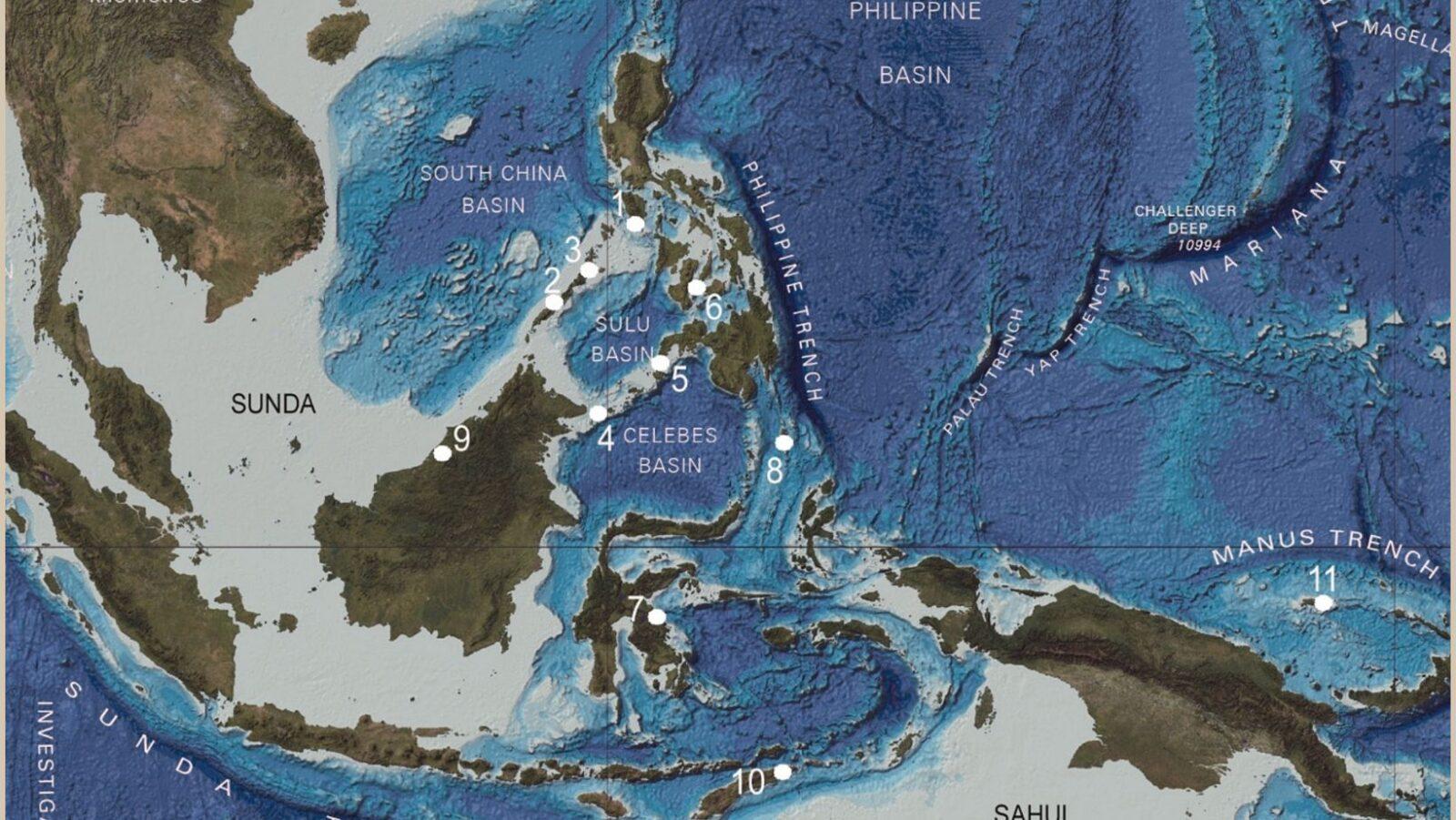ICYMI: Science and technology updates from March 10 to 16, 2019.
Dengue cases in Central Visayas rise to nearly 5,000
According to data from the Department of Health in Central Visayas (DOH-7) Regional Epidemiology and Surveillance Unit (RESU), the number of dengue cases in Central Visayas this year increased from 3,076 as of February 9 to 4,955 as of March 9 — a staggering 1,879 cases in just one month, with 32 fatalities. Compared to last year’s numbers for the same period of time (1,484 cases and 10 deaths), this year’s reported incidents are 234 percent higher. Read the full story.
PCIEERD opens first additive manufacturing center in PH

The Department of Science and Technology – Philippine Council for Industry, Energy and Emerging Technology Research and Development (DOST-PCIEERD) officially launched the Advanced Manufacturing Center (AMCen) on March 15. Located at the Metals Industry Research and Development Center (DOST-MIRDC) in Taguig, AMCen is the country’s first additive manufacturing and 3D printing center. It was built for research that will help advance the country in the aerospace, healthcare, electronics, agriculture, and automotive industries.
Water service interruptions hit Metro Manila
Over the past week, Manila Water customers have been experiencing interrupted water service, which the company has attributed to an insufficient supply of water from the Angat dam and heightened consumer demand. According to Manila Water, demand has gone up to an average of 1,740 million liters per day (MLD) — about 160 MLD higher than its actual allocation. As a result, angry consumers are forced to deal with a shortage in water, relying on fire trucks and even swimming pools to get their supply of water for the day. Read the full story.

Meanwhile, DOST-PCIEERD has started working with the National Water Resources Boards (NWRB) in utilizing the Automated Real-time Monitoring System (ARMS) for Dams and Reservoir. Developed by Mapua University, it uses wireless sensors to provide the NWRB with real-time data on the water levels within the dams and reservoirs. ARMS systems have been deployed in the Ambuklao, Binga, and San Roque dams, and will also be installed and deployed in Magat and Pantabangan Dams and Reservoirs in partnership with the National Irrigation Administration (NIA).
Nations commit to ‘significantly reduce’ single-use plastics
From Rappler:
After marathon talks in Nairobi, Kenya, countries appeared to have reached a deal over throwaway plastic items such as bags, cups, and cutlery to reduce the more than 8 million tonnes of plastics entering oceans each year.
Although the final resolution still needed adopting, said countries had agreed to “address the damage to our ecosystems caused by the unsustainable use and disposal of plastic products, including by significantly reducing single-use plastic products by 2030.”
Physicists simulate “time reversal” with quantum computer
From ScienceDaily:
Researchers have developed an algorithm to simulate returning a particle briefly to the past. The results suggest new paths for exploring the backward flow of time in quantum systems. They also open new possibilities for quantum computer program testing and error correction.
‘F’ is for ‘farming’: Changes in ancient humans’ diets helped us say ‘f’ and ‘v’
From New Scientist:
Human speech contains more than 2000 different sounds, from the ubiquitous “m” and “a” to the rare clicks of some southern African languages. But why are certain sounds more common than others? A ground-breaking, five-year investigation shows that diet-related changes in human bite led to new speech sounds that are now found in half the world’s languages.







